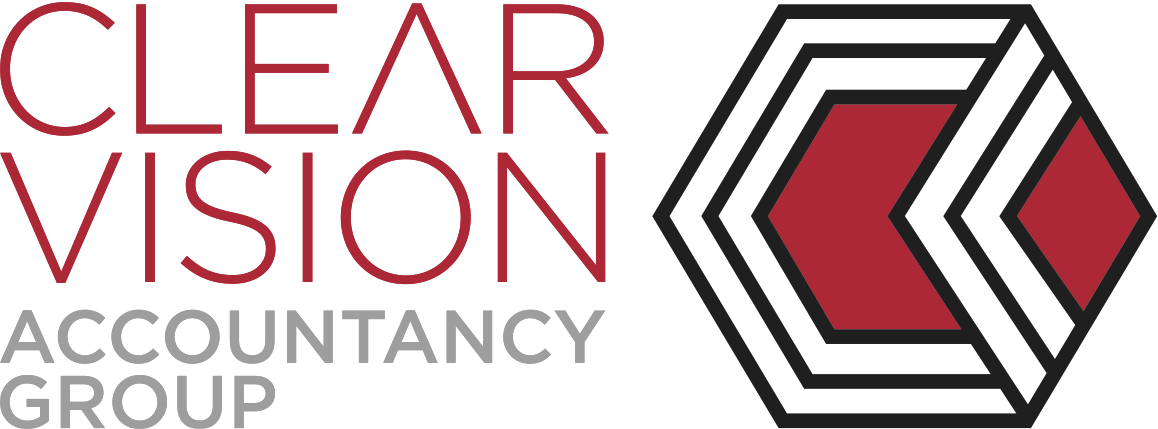Cash Flow Need Improving?
The way cash flow is managed in different businesses varies wildly. Some do it well, some do it poorly, some spend a lot of time on it, others barely consider it. But amongst all of these businesses one thing is true: cash flow is the lifeblood of your business.
At CFO Now and Clear Vision Accounting Group we believe everyone can probably improve their cash flow, not matter how good it is now, and reap the rewards of a more profitable and well run business.
Here are five top tips for improving how your cash flow is managed:
- Set the right expectations
Don’t leave it to the first or second invoice to try to set your new client or customers’ expectations. Get in early and have a frank and clear discussion about your mutual expectations. Make it clear what your credit and payment terms are and if you do provide some flexibility make sure everyone understands how that works. No need to be aggressive with your new customer but in the long run everyone will benefit from certainty around invoices and payment.
- Get your terms and conditions right
Don’t treat your terms and conditions as just some fineprint or “boilerplate” that no-one every reads and needs to know about. This is your legal contract with your customer and will become very, very important if you need to enforce the contents. Make sure you get your terms and conditions checked by a lawyer on a regular basis, the law changes, and as a minimum they should include:
- How goods/services are to be supplied
- How your terms are accepted
- When and how payment must be made
- What the consequence is for failing to pay on time
- Personal guarantees, retention of title, disclaimers, warranties and registration of security interests
- Make invoices easy to pay!
If you want your invoice to get paid it helps if they are easy to understand, well structured and absolutely accurate. Anytime your client receives an invoice they don’t understand or one that has an error it reduces their confidence in you and increases the chances that the invoice just won’t get paid promptly.
Timely invoices are also important. The longer the gap between the service or product received and the invoice the higher the chance your customer will start to undervalue what they have received. There are a lot of choices now for payment options. It may not suit your business to offer them all but you need to be flexible and try to provide the options that your customers are looking for.
- Be informed
If you have a lot of small debtors it might be impossible to keep across how each of them are doing or to do a credit check on them. But if you have a smaller number of customers with large individual invoices it might be worth looking into a credit bureau like CreditorWatch so that you can:
- Access credit reports and credit scores
- Review historical ASIC data about a business
- Be notified if a worrying change happens in a client’ credit history such as a court judgement or administration
- Fair but firm!
There is a fine line between badgering your customers and efficient, professional credit procedures. But there is also a fine line between relaxed credit procedures and bankruptcy!
If you’ve set the right expectations your customers shouldn’t be concerned by friendly reminders when an account is close to becoming overdue. The longer you leave it, the less chance you’ll eventually get paid.
Make sure your credit procedures include a quick phone call to your customer the day after payment falls due. And also ensure you record any agreements made for extensions of time to pay.
Need help?
If your cash flow and credit management procedures need an overhaul to improve business profitability give Clear Vision a call or consider how the ongoing service CFO Now offers might be what you need to give your business the edge.
Content based on an original article by CCIQ
The post Cash Flow Need Improving? appeared first on Clear Vision Accountancy Group.





